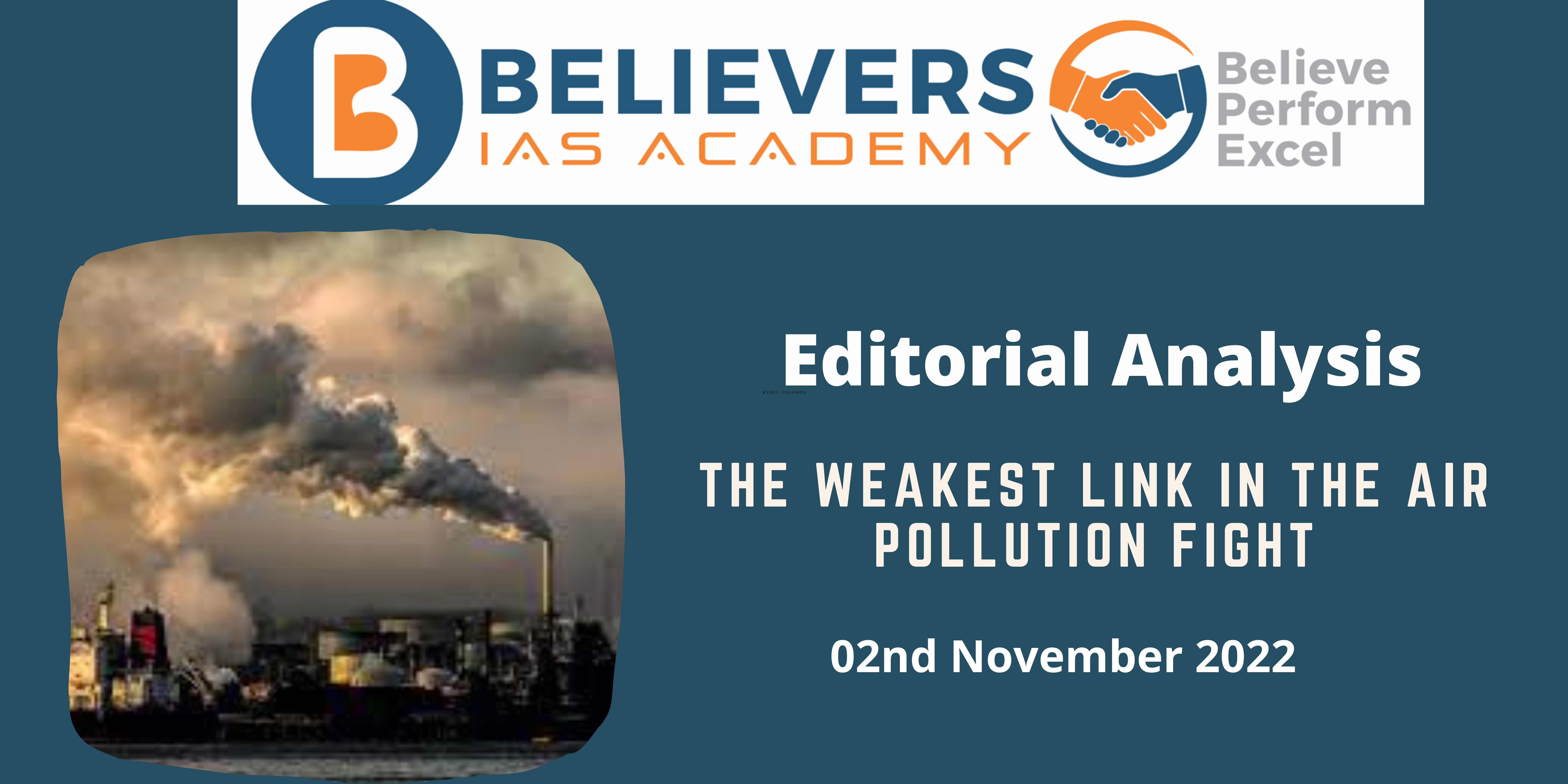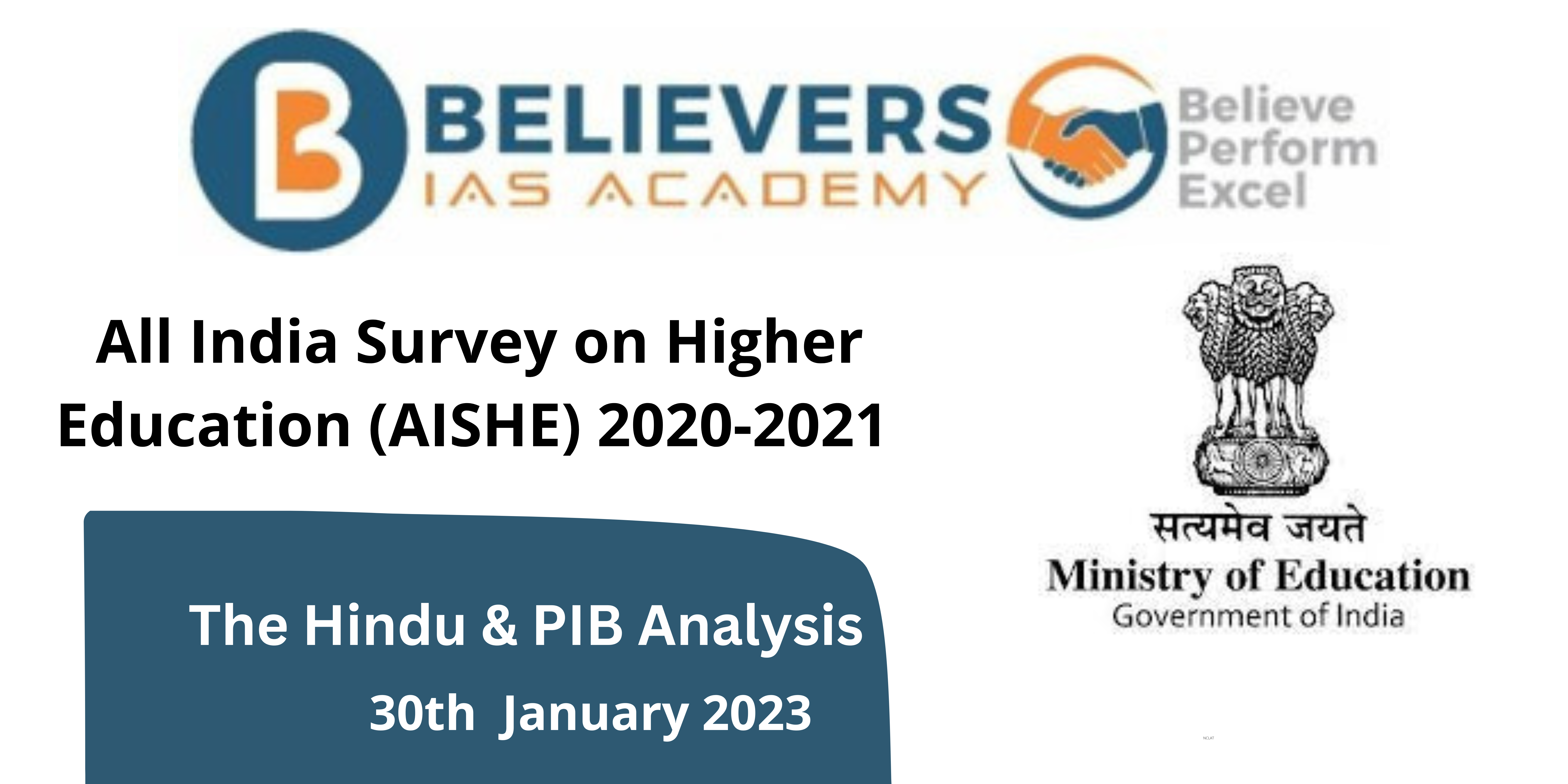The weakest link in the air pollution fight
#GS-02 Governance, #GS-03 Pollution
For Prelims:
About SPCBs:
- The State Pollution Control Boards were initially constituted under the Water (Prevention and Control of Pollution) Act, 1974.
- Its mandate was expanded under the Air (Prevention and Control of Pollution) Act, 1981 to include air quality management.
- Apart from the above said Acts, the Board is also tasked with enforcing the following Rule and Notifications framed under Environment (Protection) Act, 1986:
- Hazardous and Other Wastes (Management and Transboundary Movement) Rules, 2016.
- Environmental Impact Assessment Notification, 2006.
- Bio-Medical Waste Management Rules, 2016.
- Plastic Waste Management Rules, 2016.
- The Noise Pollution (Regulation & Control) Rules, 2000.
- Construction & Demolition Waste Management Rules, 2016
- The Public Liability Insurance Act, 1991.
- Fly Ash Notification, 1999 and 2008.
Composition and selection of members:
- Boards are multi-member bodies headed by a chairperson and a member-secretary.
- The members of State Pollution Control Boards are nominated by respective State Governments.
For Mains:
The concerns regarding SPCBs:
Composition and Conflict of interest:
- Over 50% of the Board members in most of the Boards represent potential polluters: local authorities, industries, and public sector corporations.
- At the same time, scientists, medical practitioners, and academics constitute only 7% of the Board members.
- Another matter of concern is that most Boards do not meet the statutory requirement of having at least two Board members who have knowledge of, and experience in, air quality management.
Security of Tenure:
- The SPCB leadership i.e., the chairperson and the member secretary, do not enjoy a long, stable, and full-time tenure.
- In many States, persons in these two posts hold an additional charge in other government departments.
- Data also show that several chairpersons and member secretaries have held their posts for less than a year.
- With the focus of the leadership of SPCB spread thin across multiple roles and their tenures being short, often they do not even have the time to understand their mandate fully before they are moved out.
- In such a scenario, long-term policy planning, strategic interventions and effective execution aimed at reducing air pollution substantially are extremely difficult.
Vacancies:
- At least 40% of all sanctioned posts are vacant across nine SPCBs/PCCs for which there is data.
- Vacancy levels in technical positions are as high as 84% in Jharkhand, and over 75% in Bihar and Haryana.
- An inadequate staff strength forces the Boards to recast their priorities among their various functions.
- This has significant implications on pollution regulation as vital functions such as monitoring industrial compliance, initiating enforcement actions in case of violations, and standard setting are often not prioritised.
- Less staff strength also means weaker regulatory scrutiny and poor impact assessment.
- For example, given their workload, engineers in Bihar, Jharkhand, Punjab and Uttar Pradesh have less than a day to inspect, evaluate and decide on each consent application.




